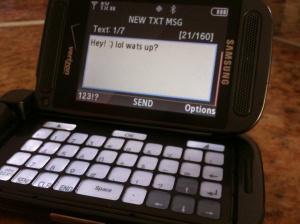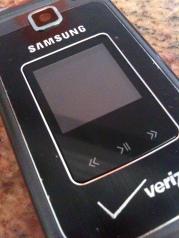
Photo Credit: Alysha Tsuji
Excessive laughing, missing vowels, speedy fingers, a sense of timing—sending a text message is no simple matter, especially since no one is picking up a phone to call anymore.
From recent experience, I realized that texts are being used as a means of reading people’s emotions. I do also realize that I’m probably five years late in coming to this conclusion, but better late than never.
That one smiley face? That sarcastic comment? Those can easily be skewed for better or for worse, whether it is as flirty, friendly, mean or funny.
It’s almost as if people are saying, “I don’t need to meet someone face to face to read their body language or call someone up to hear their tone of voice, I’ll simply text them to see how they feel. It’s easier.”
I can honestly say I’m guilty of being in this mindset. However, now I am trying to change, and I hope others do the same.
In addition, when texting, when you say it is just as important as what you say. If someone answers right away, it must mean they care about you. On the other hand, if their message is delayed by more than five minutes, they must be ignoring you. It doesn’t matter if they were busy or their phone died, a lack of response can hurt a friendship.

Photo Credit: Alysha Tsuji
Texting is an art. It’s a balance of words and feelings. Even though it is easier to call or Skype, texting has become a part of our culture, and it doesn’t look like that’s going to change anytime soon.
In the meantime, the only way to deal with this “new art” is to learn how to master it because nowadays words hold power.
A text can mend a relationship, and similarly a business email can score a job interview. An article has the potential to sway a nation.
While this art of texting may seem ridiculous, being wise with words is an important life skill. Just keep in mind, to mind what you text—a word is a word is a word. Typed ones can be as impactful as spoken ones.

